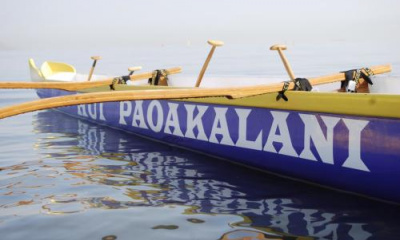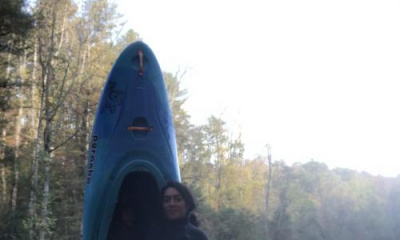Amid warnings of toxic soil in the bed of the shrinking Great Salt Lake, swimmers have long wondered: Is the water itself safe?
- Environmental scientists say yes.
Why it matters: Bathing in the Great Salt Lake is a big part of Utah's heritage — and it's incredibly fun.
Catch up quick: Heavy metals like mercury and selenium are found in the lake, in part due to mining operations, with elevated levels found in ducks and other wildlife. Meanwhile, arsenic occurs there naturally.
- As the lake recedes due to water overuse and drought, contaminated soil is exposed in the lakebed. When wind erodes the salt crust, it could blow toxic dust clouds into Salt Lake City.
Yes, but: Those toxins are far less concentrated in the lake water than the soil or food chain, said Bonnie Baxter, director of the Great Salt Lake Institute at Westminster College.
- When the water evaporates, it's "concentrating all of those heavy metals into the sediment, which becomes dust," Baxter told Axios.
- Meanwhile, the mercury from the lake's depths collects in the bodies of brine flies, Baxter said. When other wildlife eat the flies, they consume more mercury than they possibly could from drinking the water, where it's diluted.
What they're saying: "If you were able to drink a big, healthy glass of Great Salt Lake water — which you wouldn't be able to — there wouldn't be enough of the heavy metals in that water to harm you," Baxter said.
- Swimming is even safer, she said. "There's not enough of the heavy metals. They can't soak into your tissues in that small concentration."
Of note: The salt actually limits the biological contaminants that can sicken swimmers in freshwater, like E. coli.
- "Because of the salinity, it's not really something we're concerned about," said Matt McPherson, spokesperson for the Utah Department of Environmental Quality.
Reality check: While the lake won't poison you, the salt can cause problems if you're not careful.
- Cuts and sensitive skin can sting at first. I've seen children crying at the marina hose as their hapless parents spray fresh water into their swimsuits. The sting usually stops after a minute or two in the lake, though.
- Avoid getting lakewater in your eyes and nose, Baxter warned, even if seawater has never bothered you. The lake is much saltier than the ocean.
Be smart: As the lake dries, it can be tricky to find a beach deep enough to really feel the surreal floating sensation. Baxter recommends a paddleboard to speed up the voyage.
- The fastest access from SLC is at the marina, which has been dredged. Consider wearing sandals on the gunky rocks.
- Antelope Island has Bridger Bay Beach, but it stays shallow for a long way out. Mind the bison.
- The north arm is the saltiest part of the lake, providing the most buoyancy and ethereal pink water. The Spiral Jetty west of Brigham City offers the easiest access.
About the fart smell: That's supposed to be there.
- It comes from gas that forms from decaying algae, brine shrimp and brine flies, according to the DEQ. It's not something that gets on you, and it weakens as you get farther from shore.
🧜♀️ Pro tip: The lake is a great place to practice swimming with your mermaid tails!
- They're banned from most public pools as a swimming hazard, but the lake's salinity makes it harder to drown.







